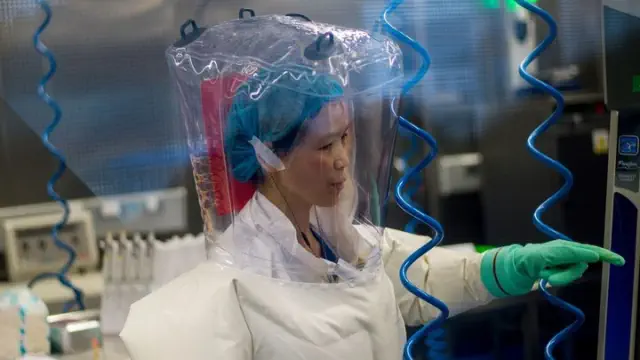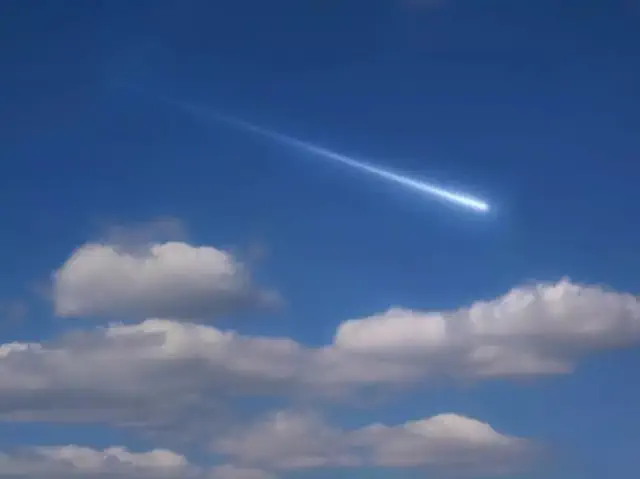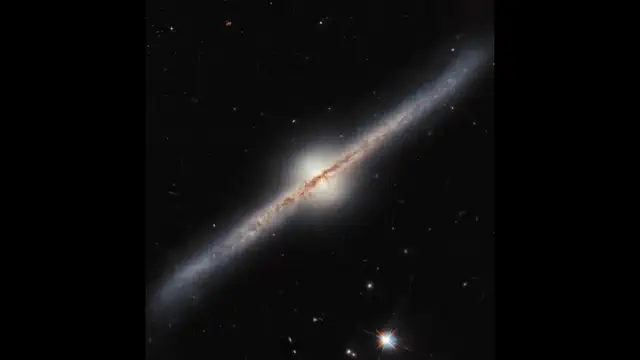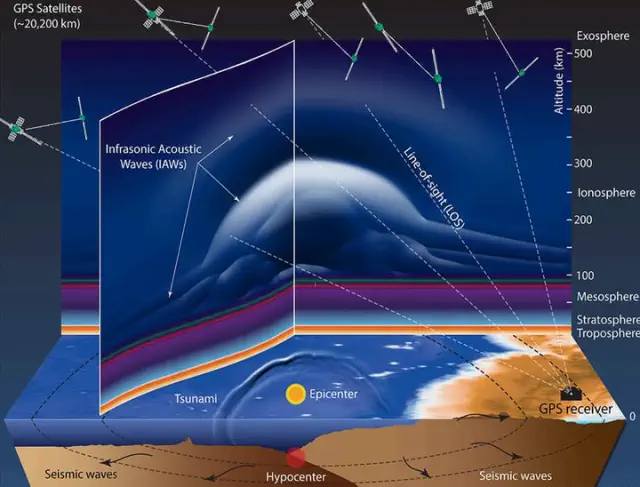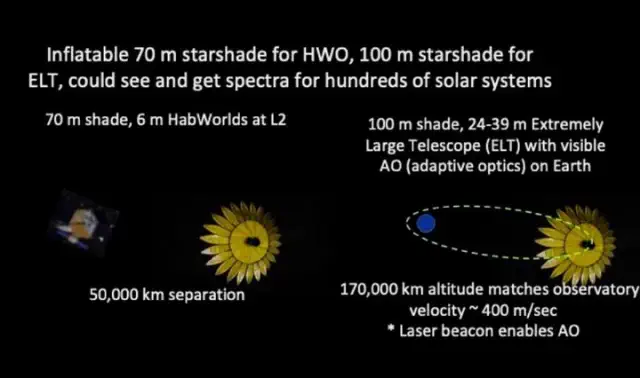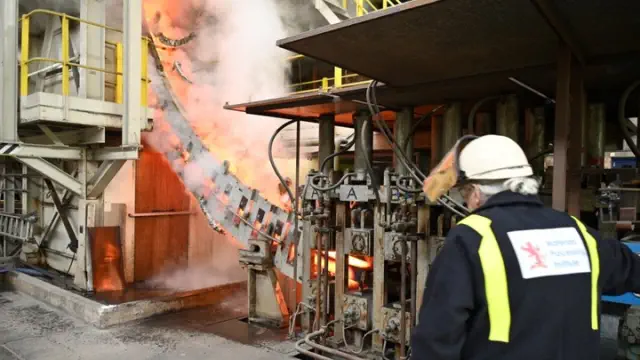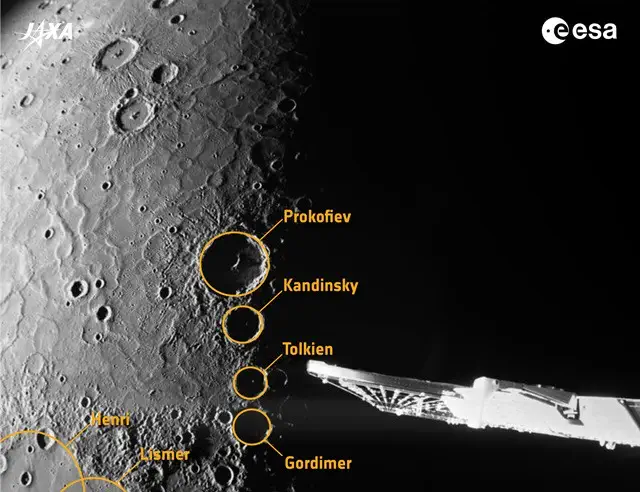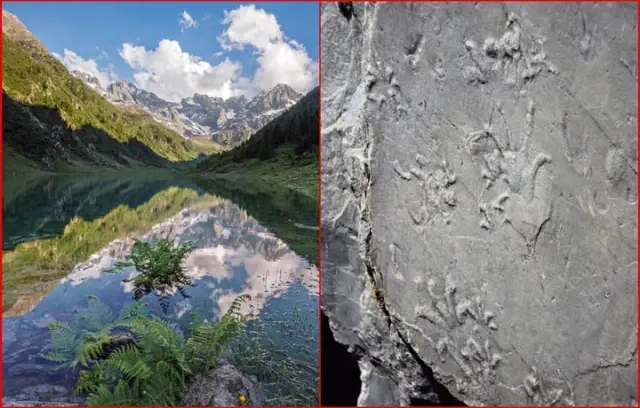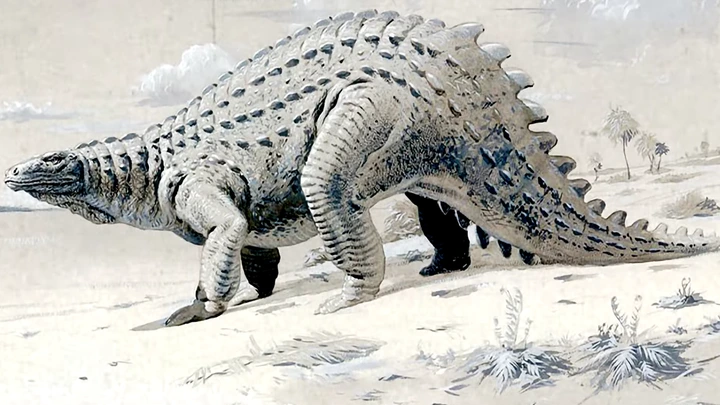
View pictures in App save up to 80% data.
The exploration of dinosaurs has fascinated humanity for ages, offering a glimpse into a world that thrived millions of years prior to our existence. Each new discovery unveils another facet of the enigma surrounding these remarkable animals. Throughout history, numerous significant finds have reshaped our comprehension of life in prehistoric times. In this piece, we will delve into 20 pivotal dinosaur discoveries that have profoundly influenced our knowledge of these ancient organisms.
1. The Initial Discoveries of Dinosaur Fossils
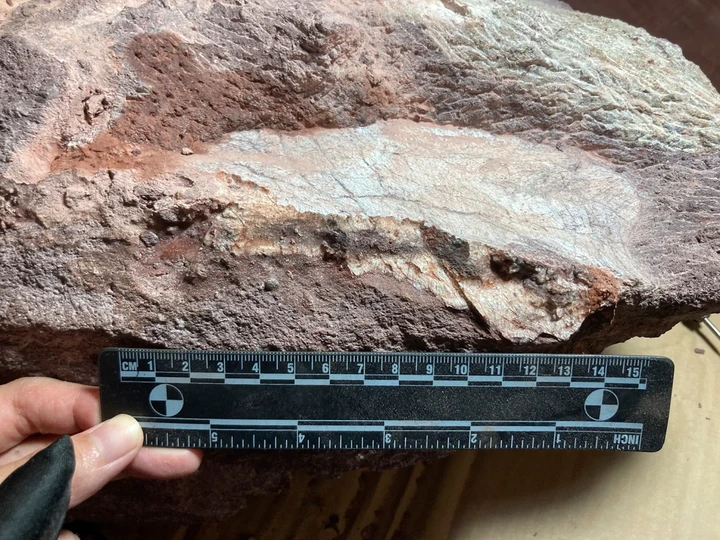
View pictures in App save up to 80% data.
The first identification of dinosaur fossils took place in the early 1800s. In 1824, English geologist William Buckland provided a description of Megalosaurus, marking it as the first dinosaur to be scientifically acknowledged. This pivotal finding laid the groundwork for the field of palaeontology.
2. The Unveiling of Iguanodon
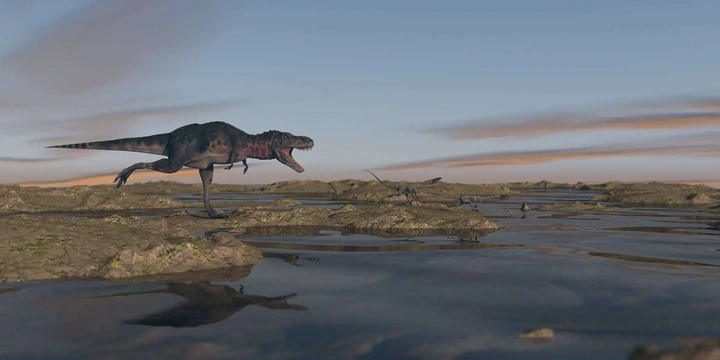
View pictures in App save up to 80% data.
After the Megalosaurus, the early 1820s saw the discovery of Iguanodon by Gideon Mantell, which greatly intrigued the scientific community. This find was significant as it represented one of the earliest attempts to reconstruct a dinosaur, demonstrating that these prehistoric animals exhibited a greater diversity than previously imagined.
3. Discovering the Hadrosaurus

View pictures in App save up to 80% data.
The year 1858 marked a significant milestone with the discovery of Hadrosaurus in North America. This remarkable find was the first nearly intact dinosaur skeleton ever uncovered, offering valuable insights into the bipedal stance of certain dinosaurs. As a result, it fundamentally transformed the way artists portrayed these ancient beings, shifting their representations from lizard-like reptiles to more lively and dynamic forms.
4. Archaeopteryx: The Link to Birds
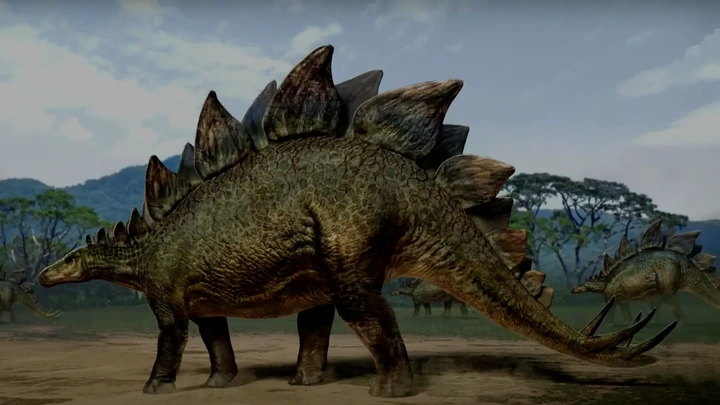
View pictures in App save up to 80% data.
Discovered in 1861, Archaeopteryx provided pivotal evidence connecting dinosaurs to avian species. The finding of this “dino-bird” in Germany revealed that certain dinosaurs possessed feathers, transforming our understanding of evolutionary processes and confirming that contemporary birds are, in essence, descendants of dinosaurs.
5. The Dinosaurs with Horns
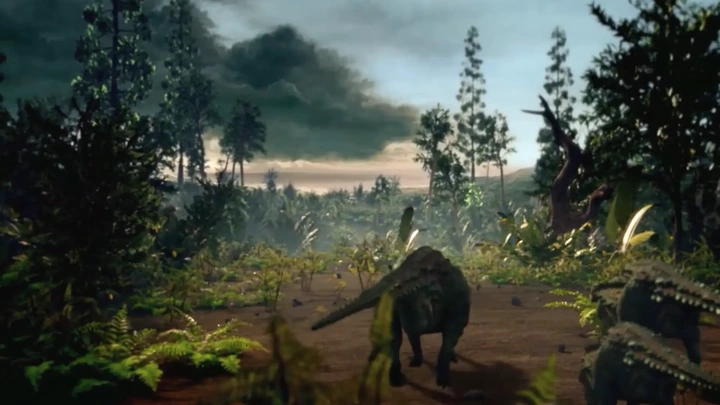
View pictures in App save up to 80% data.
The late 19th century saw the unveiling of Triceratops, which significantly enhanced our comprehension of dinosaur diversity, especially within the ceratopsian category known for their unique horns and frills. This discovery highlighted the wide range of ecological roles these animals filled.
6. Spinosaurus and Water-Dwelling Dinosaurs
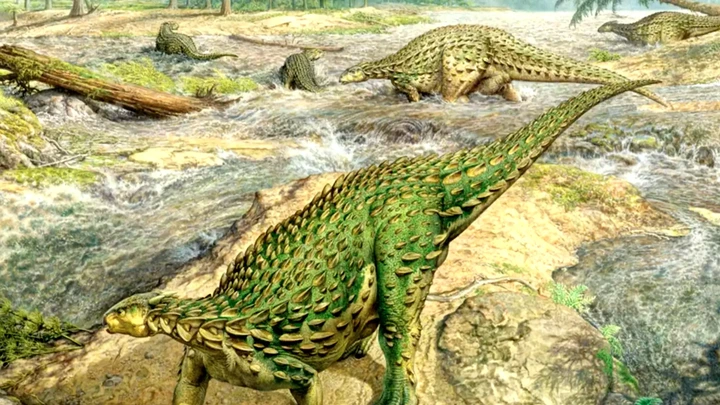
View pictures in App save up to 80% data.
First identified in the early 1900s and reevaluated with recent discoveries, Spinosaurus challenged conventional beliefs by showcasing features suited for a life in water, indicating that certain dinosaurs may have been partially aquatic.
7. Understanding the Velociraptor
The Velociraptor gained widespread recognition through its depiction in popular media. Nonetheless, its discovery and the research that followed have played a crucial role in enhancing our comprehension of the link between dinosaurs and birds, especially in light of its feathered relatives, such as microraptors.
8. The Enormous Argentinosaurus
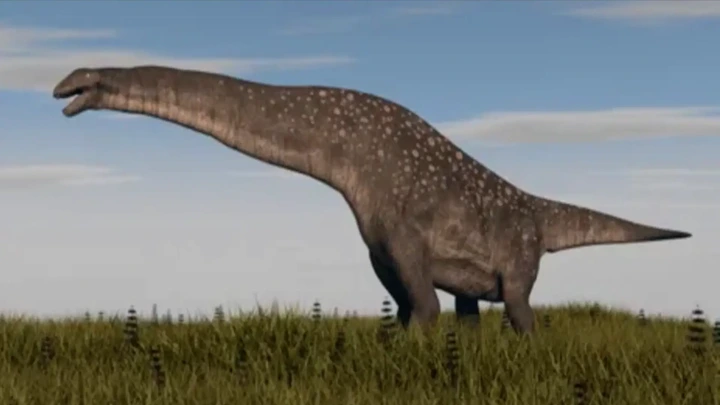
View pictures in App save up to 80% data.
Identified in the 1990s, Argentinosaurus ranks among the largest terrestrial creatures to have ever roamed the Earth. This titanosaur has been instrumental in enhancing our knowledge of the boundaries of dinosaur anatomy and the growth strategies that enabled these colossal sizes.
9. The Small Microraptor
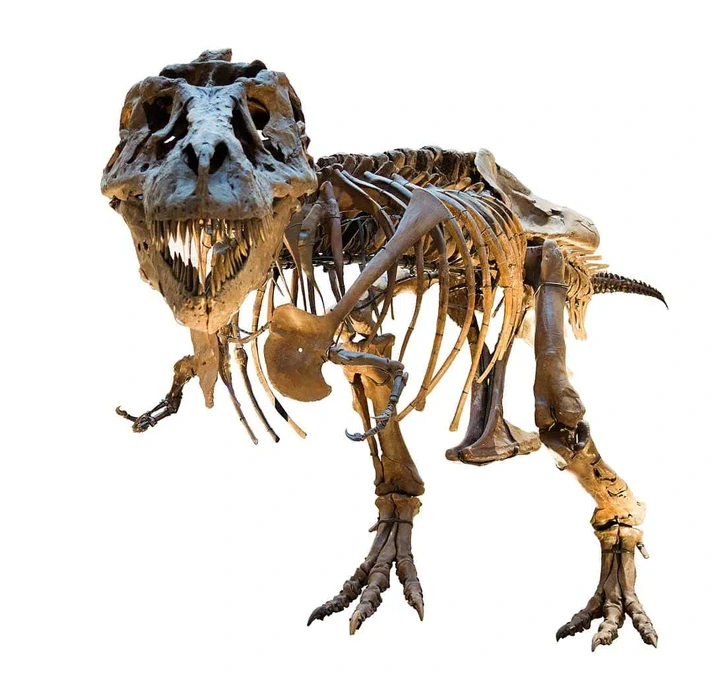
View pictures in App save up to 80% data.
The identification of the Microraptor, a diminutive feathered dinosaur possessing wings on both its arms and legs, has offered significant understanding regarding the role and evolution of feathers and flight among theropods.
10. Nesting Habits and Parental Care in Dinosaurs
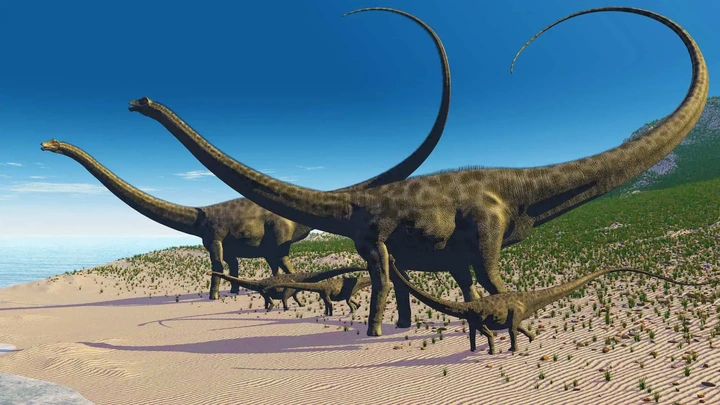
View pictures in App save up to 80% data.
Fossilized nests, such as those discovered in Montana belonging to Maiasaura, have provided insights into the social behaviors and possible parental care of dinosaurs, suggesting that they may have been more nurturing than once thought.
11. T. Rex Soft Tissues
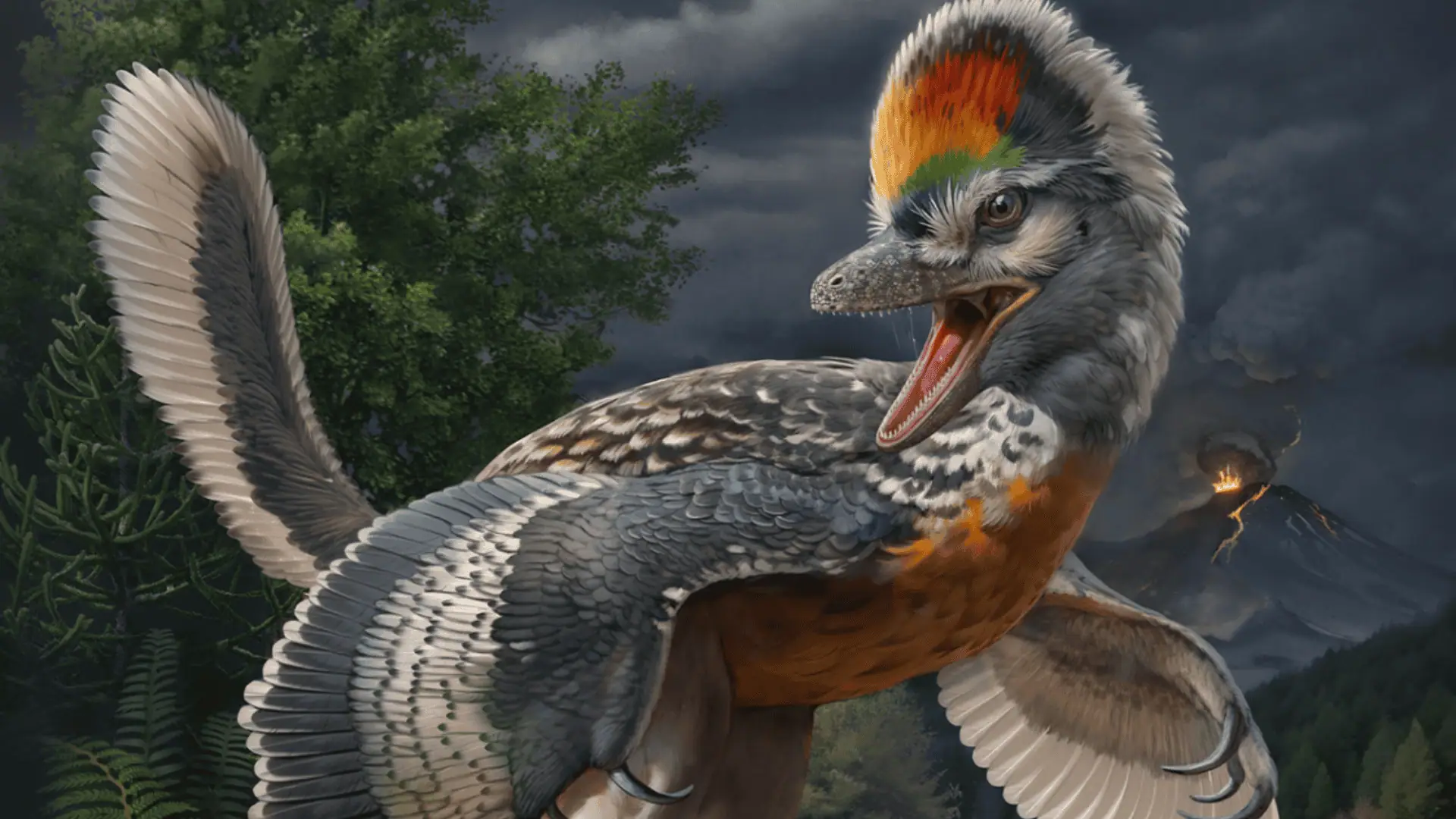
View pictures in App save up to 80% data.
The remarkable finding of soft tissue remains in a Tyrannosaurus rex fossil in 2005 paved the way for new research opportunities in dinosaur biology and the possibility of retrieving molecular data.
12. Liaoning's Feathered Dinosaurs
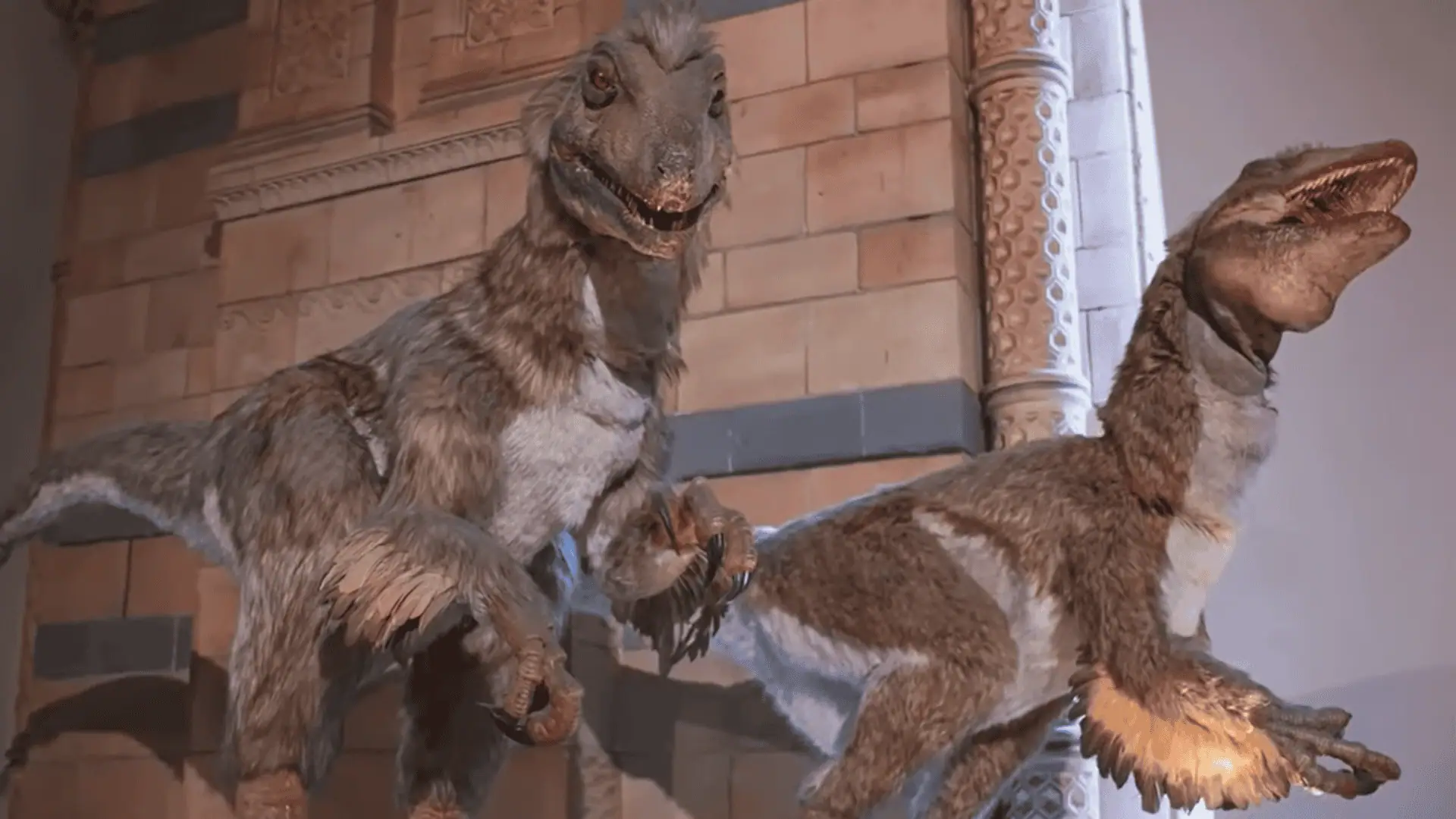
View pictures in App save up to 80% data.
Liaoning Province in China has produced a wealth of feathered dinosaur fossils, offering strong support for the idea that feathers were prevalent among theropods and highlighting their evolutionary link to birds.
13. Unveiling the Dreadnoughtus
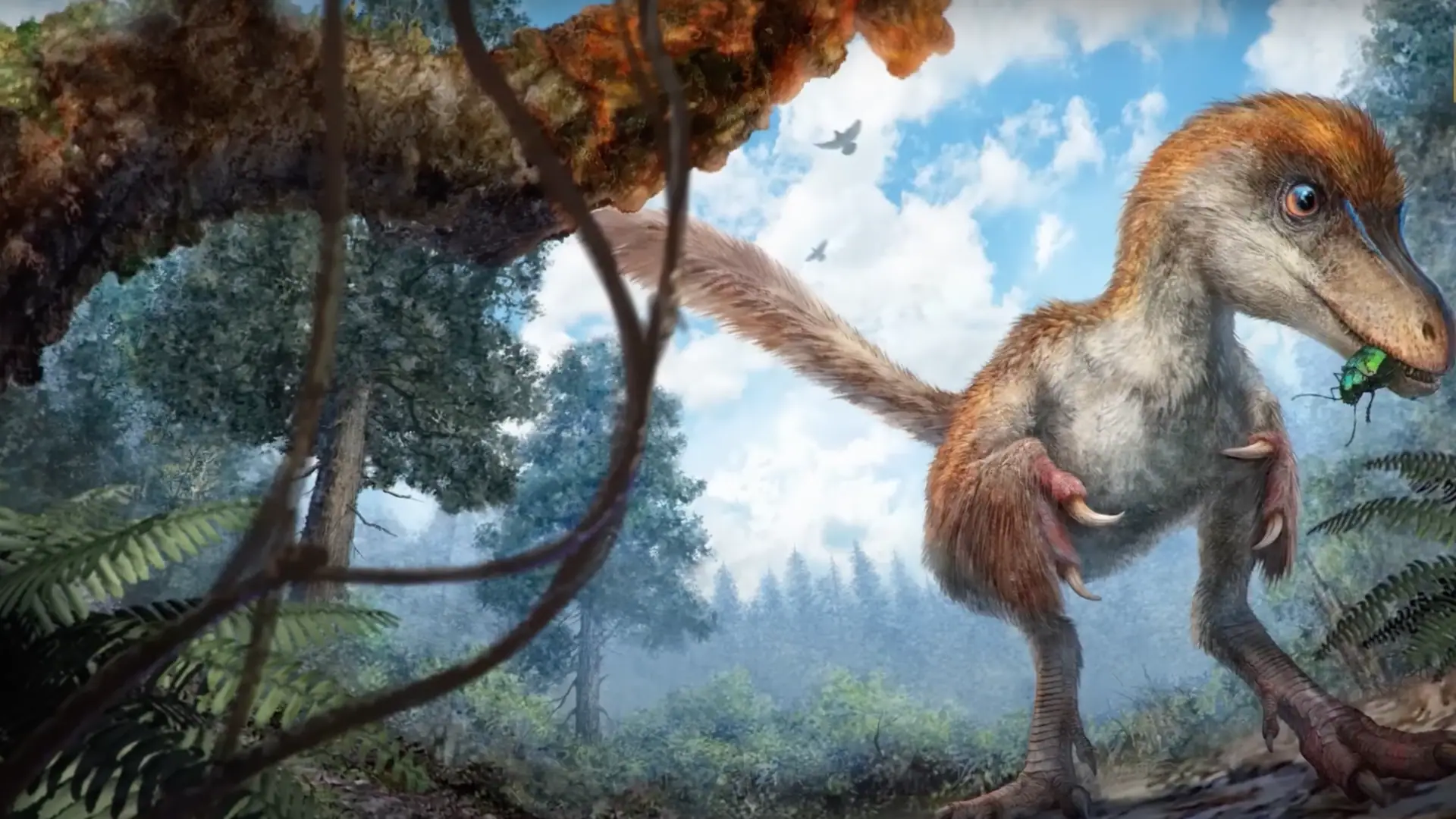
View pictures in App save up to 80% data.
Unearthed in Patagonia, Dreadnoughtus stands as one of the most well-preserved specimens of a colossal sauropod. This discovery provides valuable insights into the muscle structure and physical characteristics of massive dinosaurs, enhancing our comprehension of their locomotion and biological functions.
14. The Unusual Therizinosaurus
Therizinosaurus, with its enormous claws and plant-based diet, defied earlier notions about theropod dinosaurs, illustrating that this varied group occupied a broad spectrum of ecological niches.
15. Dinosaurs of Antarctica
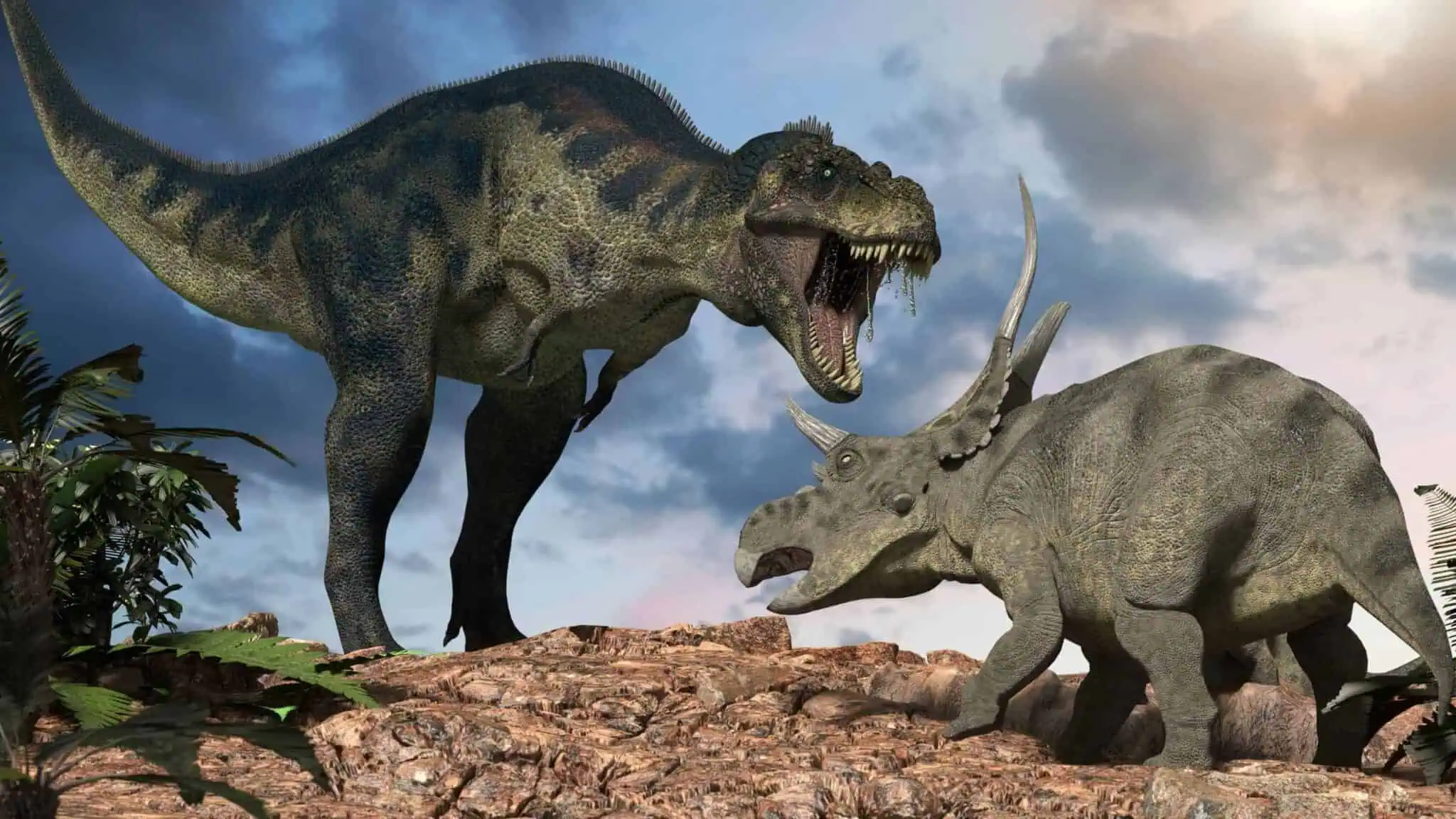
View pictures in App save up to 80% data.
The finding of dinosaurs like Cryolophosaurus in Antarctica has broadened our understanding of how dinosaurs were distributed, demonstrating that these remarkable animals lived in various climates and regions, including the extreme conditions of polar areas.
16. The Primitive Dinosaur Herrerasaurus
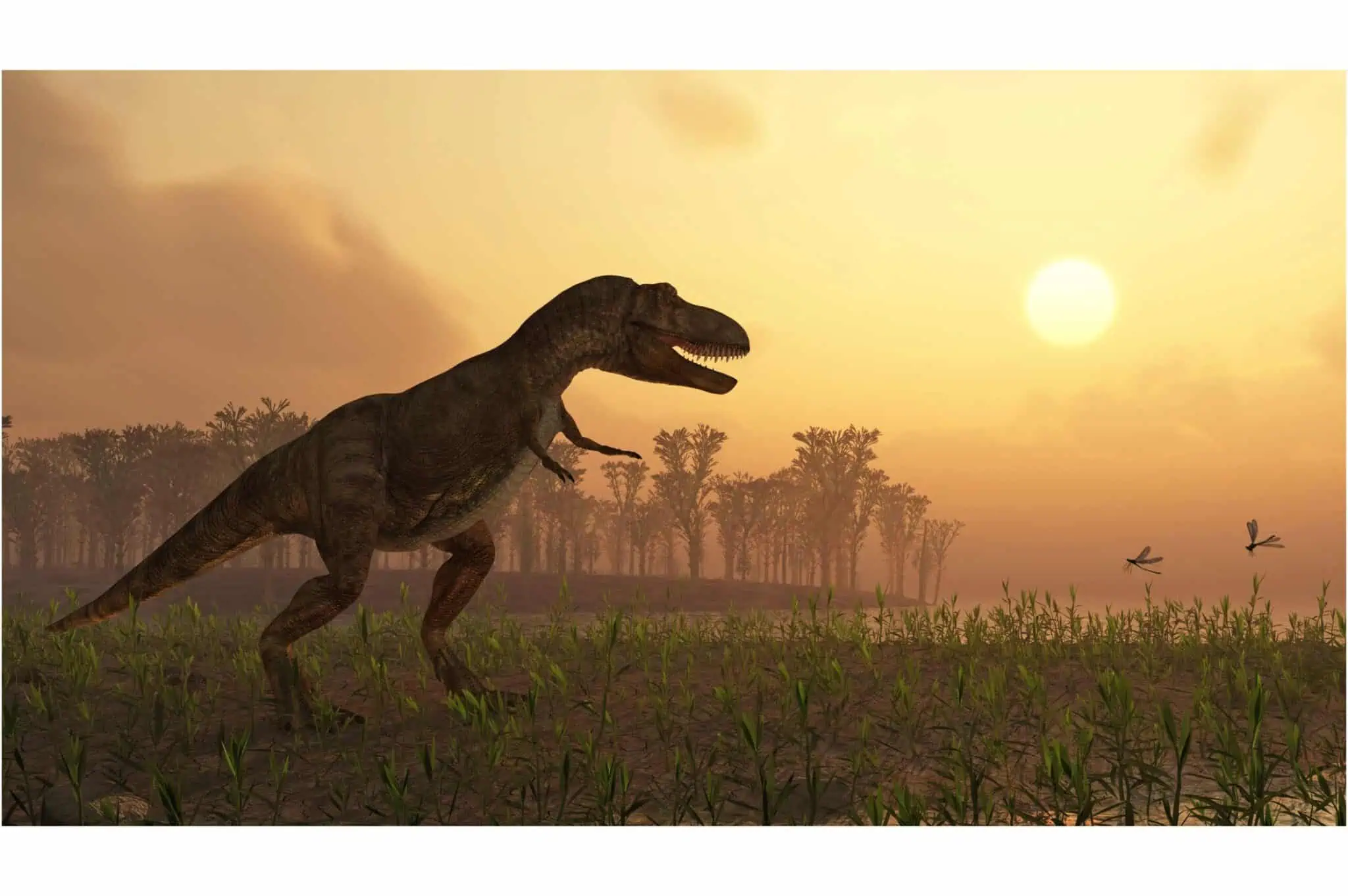
View pictures in App save up to 80% data.
Herrerasaurus, which thrived in the Late Triassic period, is recognized as one of the earliest dinosaur genera. Its discovery has significantly contributed to our understanding of the initial phases of dinosaur evolution and the shift from reptiles to true dinosaurs.
17. The Gigantothermy of Theropods
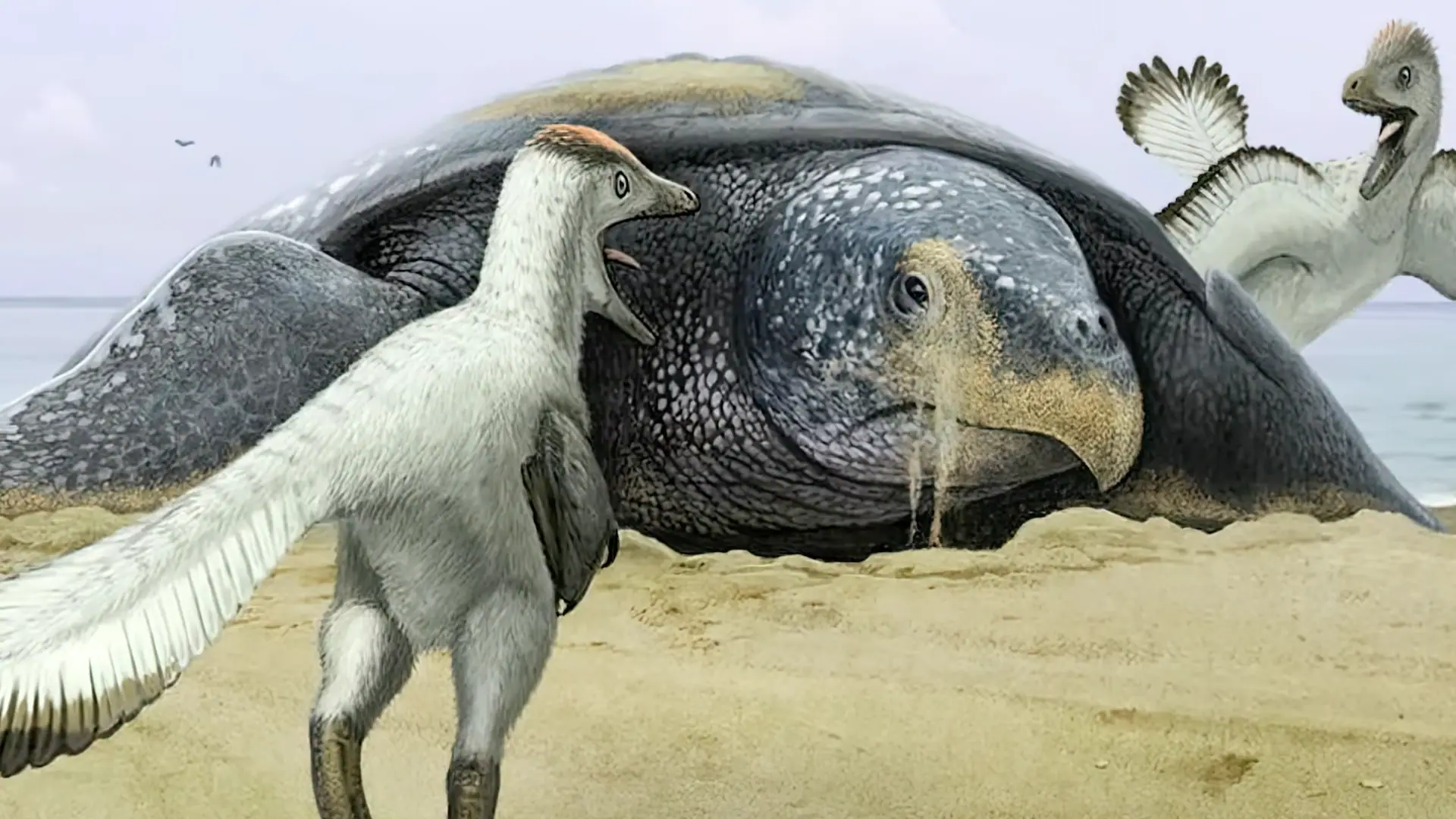
View pictures in App save up to 80% data.
Studies on gigantothermy, which pertains to the mechanisms large dinosaurs such as theropods used to manage their body temperature, have shed light on their metabolic processes and their ability to thrive in various habitats.
18. The Theory of Cataclysmic Impact
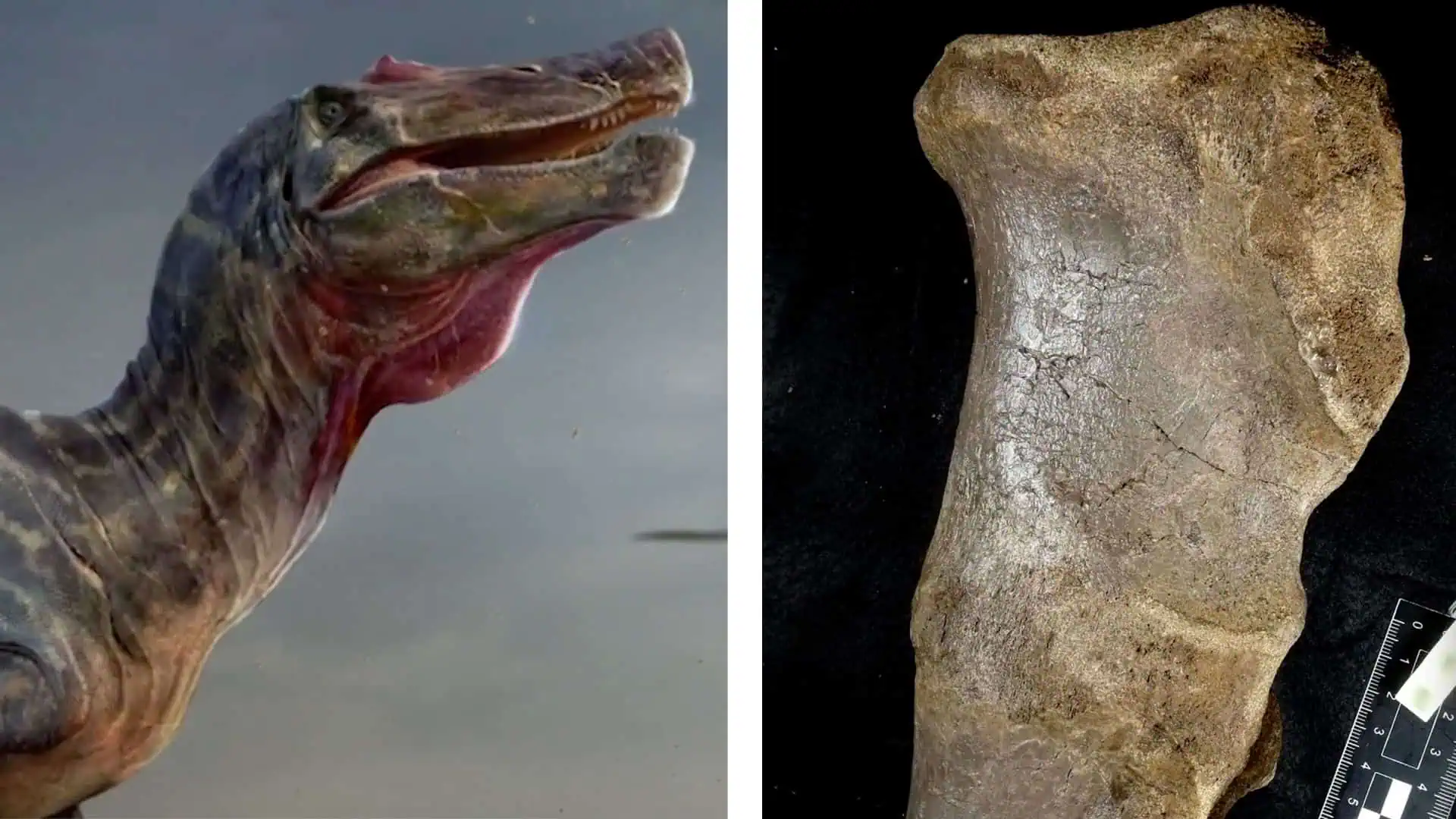
View pictures in App save up to 80% data.
The identification of a large crater near the Yucatán Peninsula bolstered the hypothesis that a catastrophic asteroid strike was responsible for the mass extinction of dinosaurs 66 million years ago, shaping the study of planetary sciences and extinction phenomena.
19. Colors and Patterns of Dinosaurs
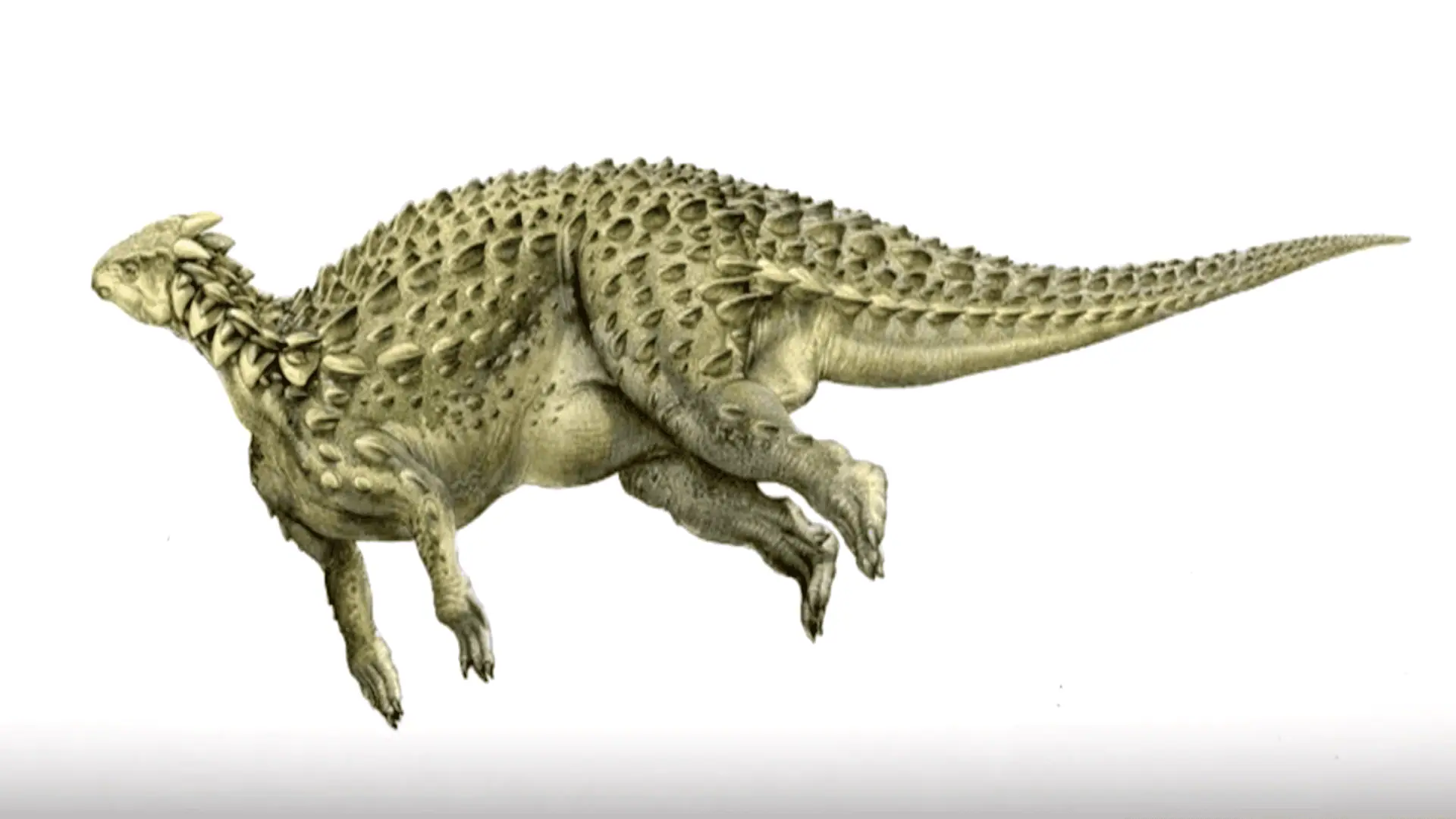
View pictures in App save up to 80% data.
Recent technological breakthroughs have enabled researchers to uncover the pigmentation present in the feathers and skin of dinosaurs, offering an unparalleled insight into the variety of colors and patterns that characterized these prehistoric creatures.
20. Growth Rings in Dinosaurs
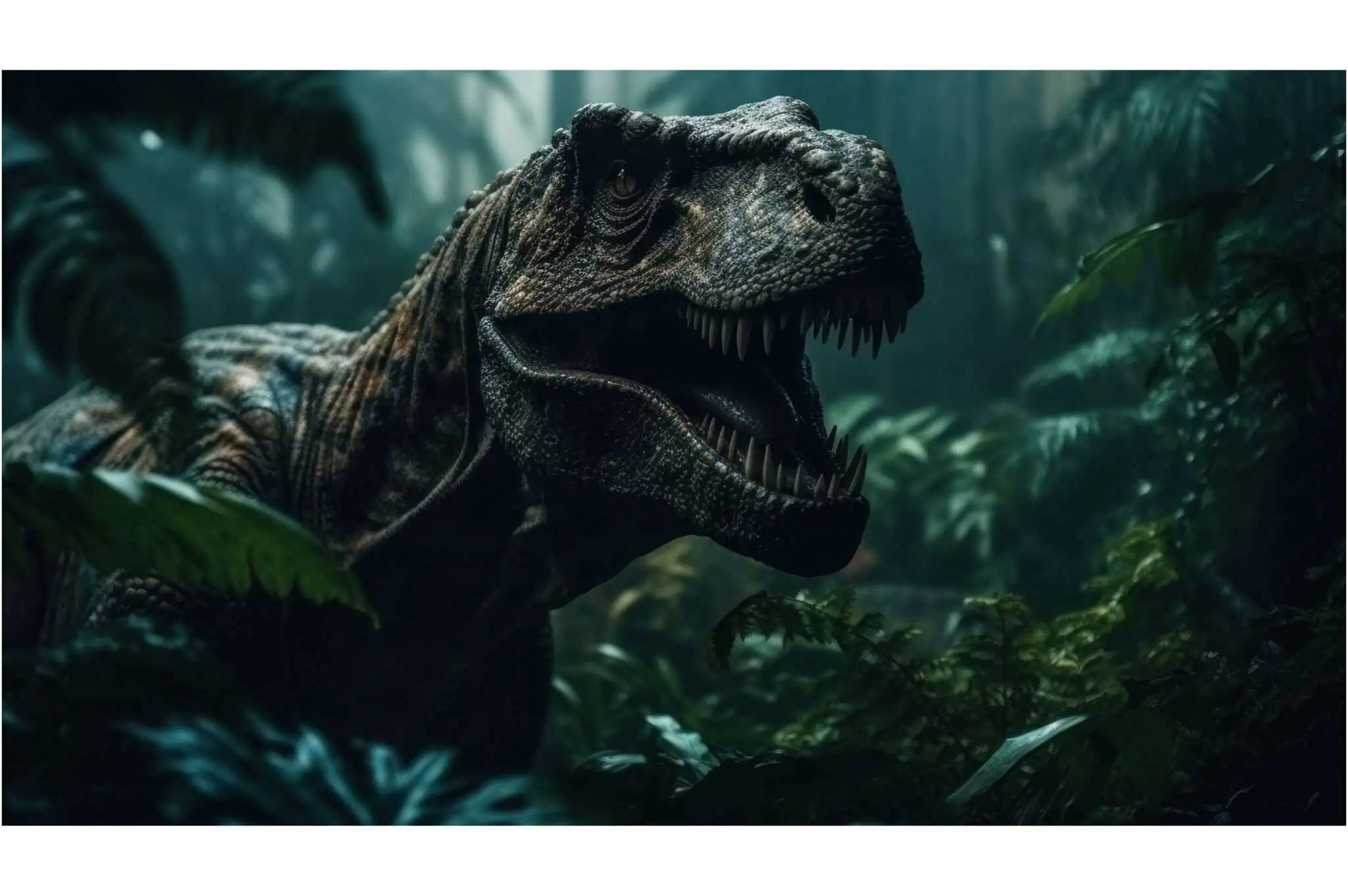
View pictures in App save up to 80% data.
Research on the growth rings of dinosaurs, akin to those found in trees, has unveiled valuable insights into their growth rates, life expectancy, and various physiological traits, shedding light on the strategies they employed for survival.
Summary
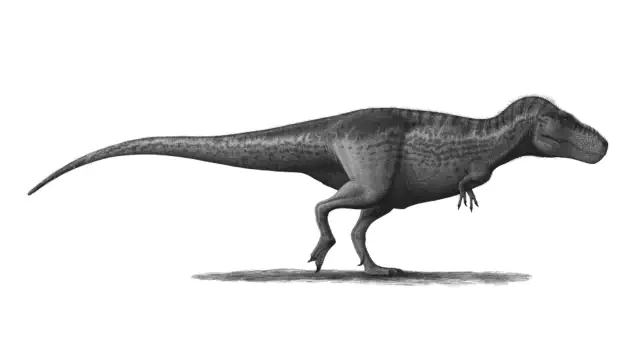
View pictures in App save up to 80% data.
These remarkable findings have persistently enhanced our comprehension of dinosaurs, showcasing their intricate nature, variety, and relationship to contemporary bird species. Every discovery contributes a vital fragment to the historical narrative of our planet while simultaneously transforming our perspective on life here. With technological progress and the emergence of new fossils, we look forward to even greater groundbreaking insights into these intriguing beings.
Co-Founder of Animals Around The Globe
Hello! I'm Jan, the Co-Founder of Animals Around The Globe, and I'm one of the two individuals managing this website.
When I was a child, I developed a deep passion for nature, wildlife, and animals. Growing up in various countries like the USA, South Africa, Italy, China, and Germany allowed me to explore the incredible diversity of the world's wildlife. Among all the fascinating creatures, my top favorites are Mountain Gorillas, Siberian Tigers, and Great White Sharks.
I am a certified PADI Open Water Diver and have trekked to Everest Base Camp as well as explored the gorillas in Uganda. Additionally, I possess a Master of Science degree in Economics and Finance.
Please send any feedback to [email protected]

